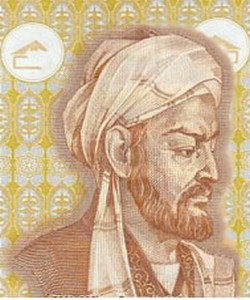This topic takes on average 55 minutes to read.
There are a number of interactive features in this resource:
 History
History
 Biology
Biology
For many centuries after the fall of the Roman Empire, the Arabic world was the centre of scientific and medical knowledge. Texts from Greece and Rome were translated into Arabic and studied by Islamic scholars. They developed and refined Hippocrates’ theories and Islamic physicians began to use the regulation of diet, exercise and the prescription of medicinal herbs in the treatment of their patients. Arabic pharmacists became skilled in the formulation of medicines from plants and minerals. Even though they did not know about microbes, they used alcohol to clean wounds which healed better and did not become infected.
Hospitals were not just for the wealthy. They treated rich and poor alike. Islamic hospitals of the time would not look out of place today, with medical and surgical wards as well as operating theatres and pharmacies for the dispensing of medicines. By 931 AD, large hospitals were involved in the training and licensing of doctors and pharmacists. Officials tested medicines to certify that they were safe and visited pharmacists to make sure that prescriptions were being made correctly. All this was at the time when medicine in Europe was still governed by religion and superstition.
Records show that Arabic doctors performed many different surgical operations including the removal of varicose veins, kidney stones and the replacement of dislocated limbs. They used sponges soaked in narcotic drugs which were placed over the patient's nose as early anaesthetics.
One of the most important medical books of its time was written by the physician Ali al-Husayn Abd Allah Ibn Sina (also known as Avicenna).
His massive manuscript, called the Canon (Laws) of Medicine, was completed around 1030 AD and translated into Latin in the 12th Century. This encyclopaedia of medicine contained five books detailing the formulation of medicines, diagnosis of disorders, general medicine and detailed therapies. It continued to be a great influence in the development of medicine in medieval Europe for hundreds of years.

Ibn Sina (also known as Avicenna)
|
Binding board of Ibn Sina’s canon showing |
Ibn Sina (Avicenna) teaching |
Anatomical drawing from Ibn Sina’s canon |